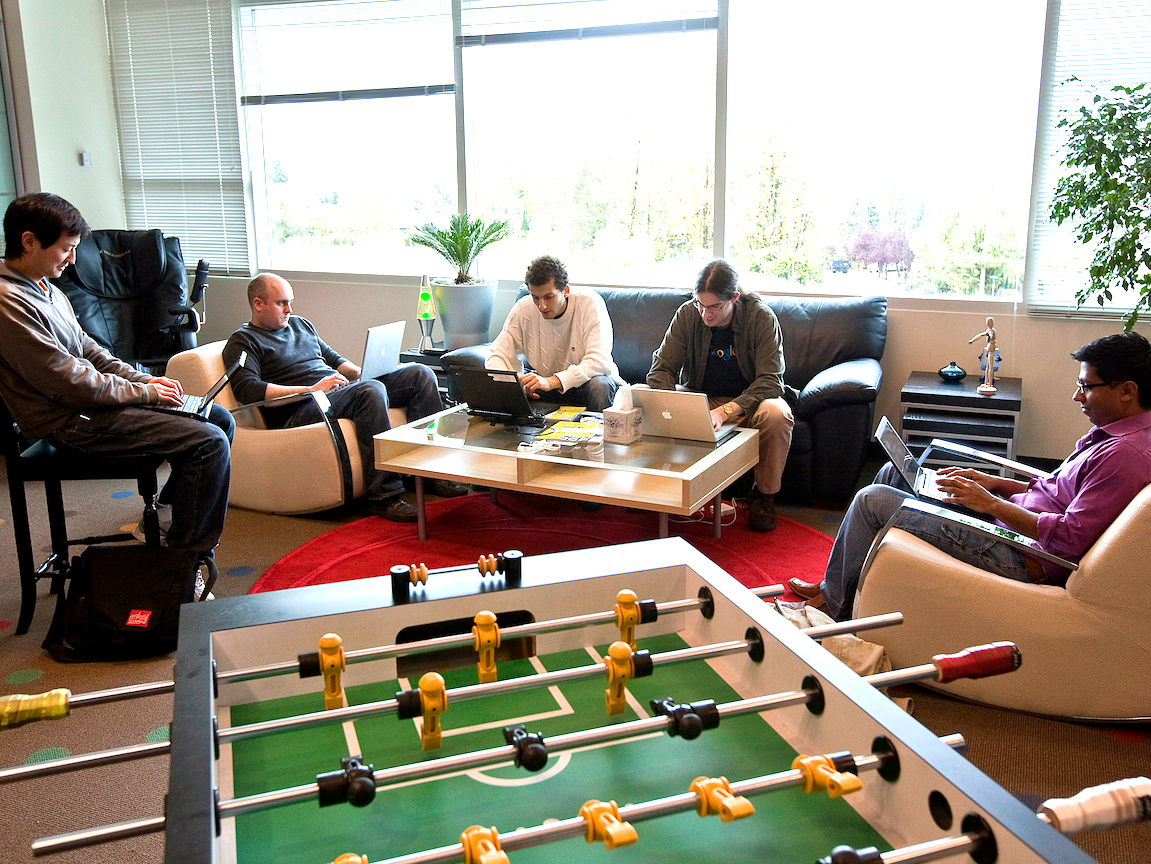Google, despite its penchant for childlike imagery and playful work environments, is a massive global company with 60,000 employees and a market cap of $US500 billion. In order to stay dominant, it needs top talent, and to maintain top talent, it needs to foster creative and productive teams.
Following the success of Project Oxygen, an internal study that started in 2008 of what it takes to be a top manager at Google and whose findings are still used today, the company undertook another study, this one of team dynamics.
A group of Google’s People Operations (HR) employees spent the past two years interviewing more than 200 Googlers across more than 180 teams to find out what distinguishes the most successful teams at Google. The main finding: A team’s dynamics are more important than the talents of the individuals who comprise it.
Of 250 of these dynamics considered, five stood out.
Google announced Tuesday on its re:Work management blog the five traits of Google’s best teams:
Table of Contents
They establish “psychological safety.”
“Psychological safety was far and away the most important of the five dynamics we found — it’s the underpinning of the other four,” People Operations analyst Julia Rozovsky writes on re:Work.
It’s a term that Harvard Business School professor Amy Edmondson defines as “a shared belief that the team is safe for interpersonal risk taking.”
It sounds simple, Rozovsky says, but establishing an environment where no employees are afraid that one of their questions or suggestions will reveal them to be “out of the loop” requires work.
“Individuals on teams with higher psychological safety are less likely to leave Google, they’re more likely to harness the power of diverse ideas from their teammates, they bring in more revenue, and they’re rated as effective twice as often by executives,” Rozovsky writes.
They require dependability.
Google defines this as, “Team members get things done on time and meet Google’s high bar of excellence.”
It takes an average of six weeks to secure a hire at the company. As soon as employees begin becoming lax with their demanding responsibilities, their entire team suffers.
They have structure and clarity.
Google’s head of HR, Laszlo Bock, writes in his book “Work Rules!” that it is essential that team managers monitor their employees without micromanaging, which is essentially holding their hands on every project.
This trust is built by agreeing on a team and an individual basis on clear roles, plans, and goals.
They give each of their members meaning.
These roles, plans, and goals need to personally resonate with each of the employees, or else they will not be working to their full potential and pushing themselves to new limits.
It is a manager’s responsibility to ensure that no team member starts dialling it in.
They have a purpose.
Every team needs to ask itself, “Do we fundamentally believe that what we’re doing matters?” Rozovsky writes
Bock writes in his book that he tells managers that when they make a new hire, they need to clarify their team’s purpose and how it is making a tangible impact.

